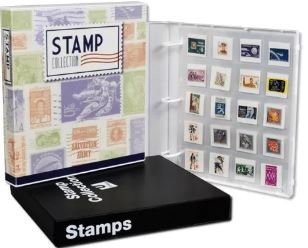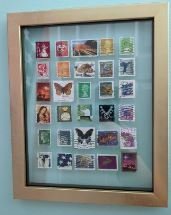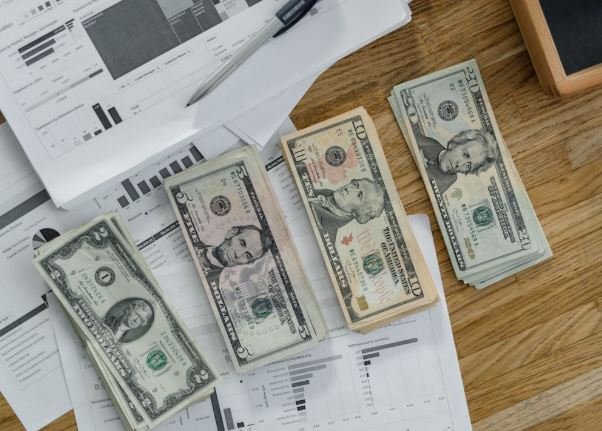Stamp collecting is a fascinating hobby that combines history, art, and sometimes, a bit of luck. For serious collectors, preserving the condition of each stamp is critical, as even small mistakes can affect its value. One of the most essential skills a collector can learn is how to clean stamps safely. Proper cleaning methods can unlock the potential for preserving your stamps’ value, while improper cleaning techniques can ruin your finds. In this article, we’ll guide you through how to clean stamps safely, covering the best practices to follow, common mistakes to avoid, and how to ensure your stamps retain their beauty and worth for years to come.
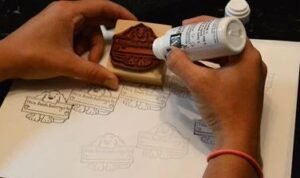
Why Cleaning Stamps Safely is Crucial
Before we dive into the specific techniques, it’s important to understand why how to clean stamps safely is such a crucial topic. Stamps are delicate pieces of history, and even the smallest improper handling can cause irreversible damage. From ink smudges to dirt, stamps may accumulate grime over time, especially if they’ve been used for postage. Cleaning them is essential to preserving their aesthetic appeal and value. However, cleaning requires great care, as certain materials and methods can weaken the paper, fade the ink, or cause surface abrasions.
When cleaning stamps safely, the goal is not only to remove dirt or marks but to do so in a way that doesn’t diminish their quality. The last thing any collector wants is to inadvertently lower the value of their collection by using harsh chemicals or improper techniques. Learning how to clean stamps safely means knowing the right tools, understanding your stamps’ needs, and avoiding risky cleaning practices that can cause permanent damage.
Step-by-Step Guide on How to Clean Stamps Safely
If you’re ready to start cleaning your stamps, follow these steps to ensure you’re cleaning stamps safely while preserving their condition.
1. Assess the Condition of the Stamp
Before you even think about cleaning, assess the stamp’s condition. Is it delicate or rare? Does it have significant value? If your stamp is very rare or especially valuable (such as a misprint or an early issue), it may be better to leave it in its current condition and consult an expert for cleaning advice.
For stamps with significant dirt buildup, it’s important to evaluate how much cleaning is actually needed. Sometimes, a simple dusting or a light rinse will suffice. How to clean stamps safely begins with understanding the condition of each stamp in your collection.
2. Use Lukewarm Water
One of the safest ways to clean stamps is by using lukewarm water. Soaking your stamps briefly in water will help loosen any dirt, but it’s critical not to use hot water, as it can weaken the paper and damage the ink.
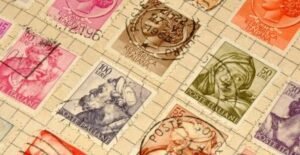
- Fill a shallow dish with lukewarm water: Avoid any soap or cleaning products at this stage. Pure water is generally enough to loosen dirt and grime.
- Gently soak the stamp: Place the stamp face up in the water and let it sit for 5-10 minutes. This will soften the glue residue and dirt without harming the stamp itself.
This method is one of the safest ways to clean stamps, but make sure to monitor the stamp closely, as excessive soaking can cause paper to become too soft and fragile.
3. Rinse Under Cool Water
After soaking your stamp in lukewarm water, gently rinse it under cool water. This step helps wash away any loose dirt or residue that may have accumulated during the soaking process. How to clean stamps safely means avoiding direct pressure on the stamp. Never rub the surface of the stamp, as this can cause abrasions to the paper or ink.
- Place the stamp in a gentle stream of cool water to rinse away debris.
- Avoid scrubbing or using any cloth or paper towels to dry the stamp. Pat it gently with a soft, lint-free towel to remove excess moisture.
4. Drying Your Stamps
Drying stamps is a critical part of how to clean stamps safely. The drying process can significantly impact the condition of the stamp. Improper drying methods can lead to curling, tearing, or discoloration.
- Use a clean, flat surface: Lay your stamp out on a clean, flat surface, such as a piece of wax paper or a non-stick drying sheet. Avoid using paper towels or napkins, as the fibers may stick to the stamp.
- Avoid direct sunlight: Never dry stamps in direct sunlight, as it can cause fading and potential damage to the paper. Instead, allow them to air dry in a cool, dry environment.
- Use a heavy book: After the stamp has dried slightly, place it between two pieces of wax paper or clean tissue paper, then press it gently under a heavy book to prevent curling.
The key to cleaning stamps safely is to ensure that the stamp dries slowly and naturally, without stress or excessive heat.
5. Removing Stubborn Stains (With Caution)
In some cases, your stamps may have stubborn stains or ink marks that require extra attention. However, it’s essential to approach this step carefully to avoid damaging the stamp.
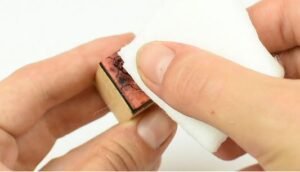
- Use a damp cotton swab: If you notice stubborn spots or stains, you can lightly dampen a cotton swab with water (not rubbing alcohol or other chemicals). Gently dab the stained area, but do not scrub.
- Never use harsh chemicals: Chemical cleaners, bleach, or abrasives can quickly damage your stamps. How to clean stamps safely always involves using gentle, non-invasive methods.
If a stamp has significant ink stains or other severe damage, it’s best to consult a professional stamp restorer rather than attempting aggressive cleaning on your own.
6. Store Your Stamps Properly
Once you’ve cleaned your stamps safely, storing them correctly is just as important. Proper storage protects your stamps from further wear and tear.
- Use acid-free albums: Store your stamps in acid-free, archival-quality albums or stock books to prevent deterioration over time.
- Avoid plastic holders: While plastic holders can be convenient, they may contain harmful chemicals that can break down the stamp material. Always choose archival-safe materials for storing your stamps.
- Control humidity: Stamps should be stored in a cool, dry environment. Humidity can cause stamps to warp, stick together, or develop mold.
By cleaning stamps safely and storing them properly, you can significantly extend their lifespan and maintain their value.
Common Mistakes to Avoid When Cleaning Stamps
To ensure you’re truly cleaning stamps safely, it’s important to avoid these common mistakes:
- Using hot water or harsh chemicals: High temperatures and chemicals like bleach can quickly damage stamps, so always stick to lukewarm water and avoid using cleaning solutions.
- Scrubbing or rubbing the stamps: Rubbing or scrubbing can cause the stamp’s surface to wear down, removing vital ink and details.
- Over-soaking the stamps: Soaking stamps for too long can cause the paper to become fragile and tear, so limit soaking time to a few minutes.
- Using excessive force to remove debris: Don’t use sharp objects like tweezers or knives to scrape dirt off your stamps. This can lead to cuts or gouges in the paper.
By understanding these potential pitfalls, you’ll be better prepared to preserve your collection.
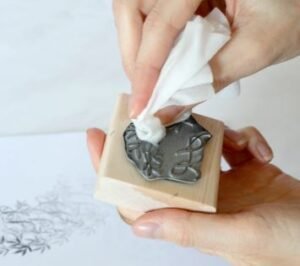
Stamp collecting, or philately, is not just about amassing beautiful stamps; it’s about understanding the rich history and significance behind each piece. Among the many categories of stamps, two of the most notable types are commemorative stamps and definitive stamps. Both have unique histories and purposes, but they also serve different roles within the world of philately read more.
Conclusion
Learning how to clean stamps safely is an essential skill for any stamp collector. With the right tools and techniques, you can maintain the beauty and value of your stamps while avoiding common mistakes that could damage your collection. The key to success is patience, attention to detail, and using the gentlest methods possible. By following these guidelines and treating your stamps with care, you’ll be able to unlock the secret to preserving their value for years to come—and avoid ruining your finds in the process.
So, whether you’re dealing with a small smudge or an old, worn stamp, always remember: how to clean stamps safely isn’t just about removing dirt—it’s about preserving history for future generations.


